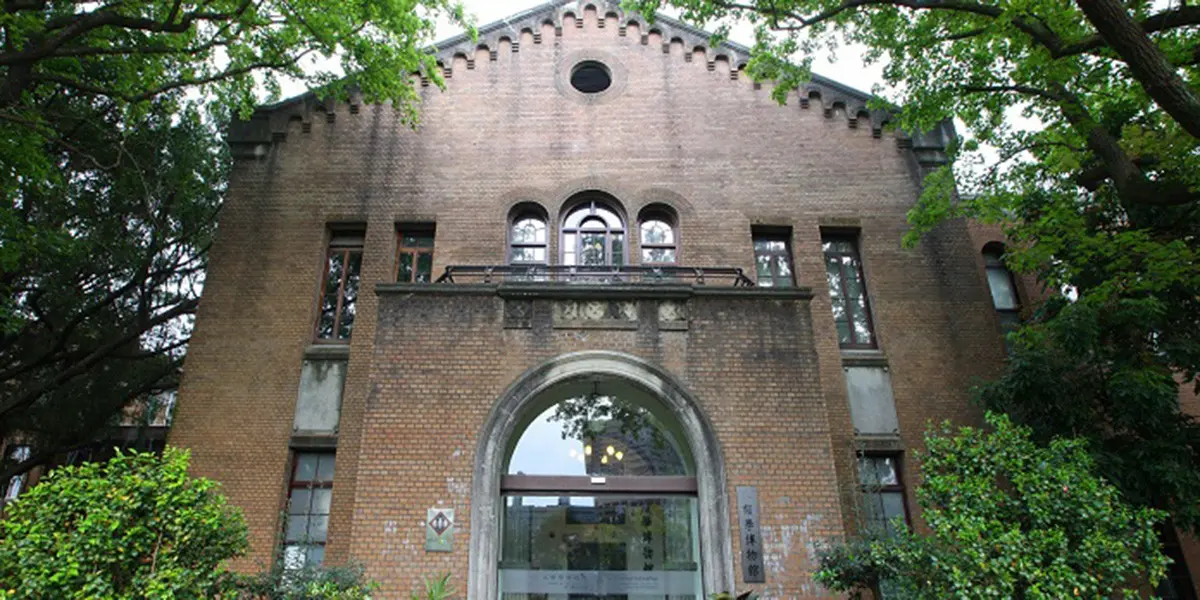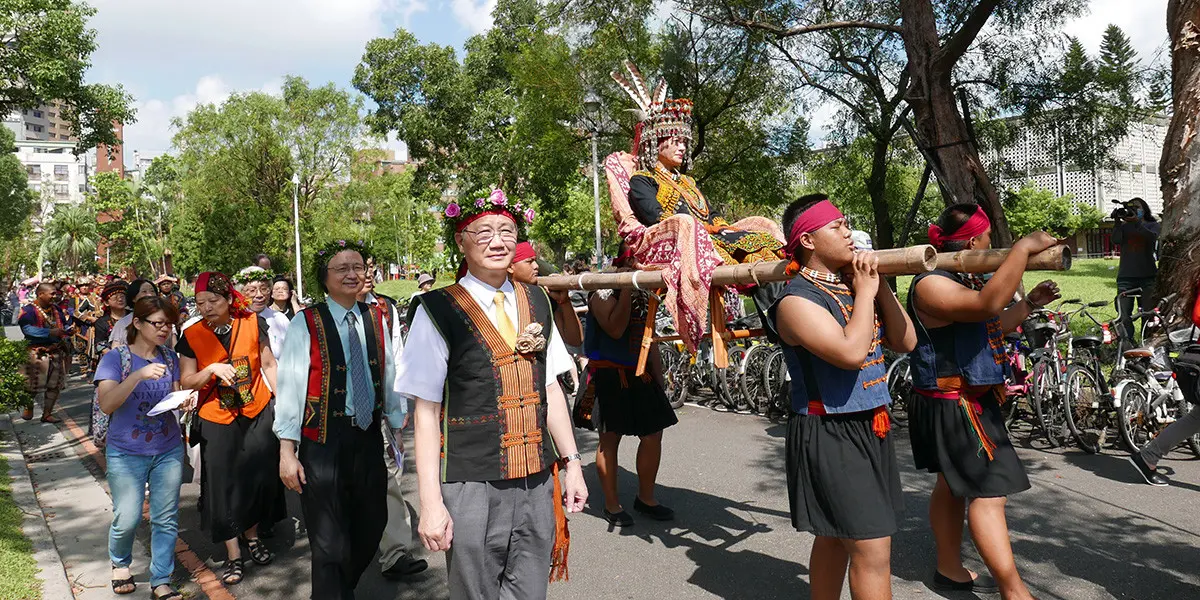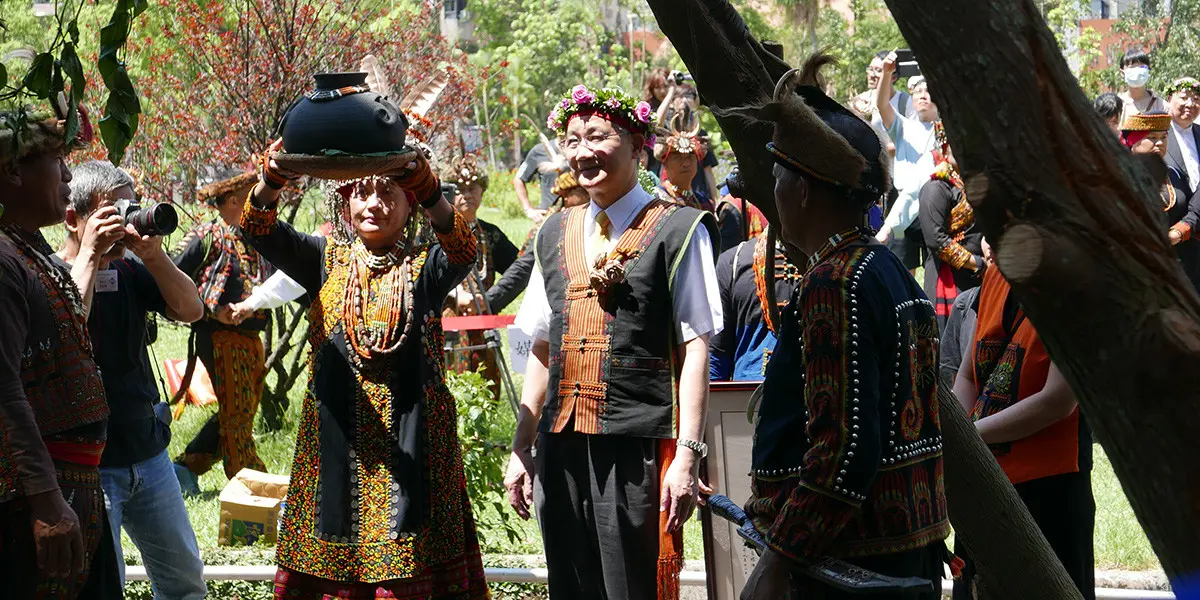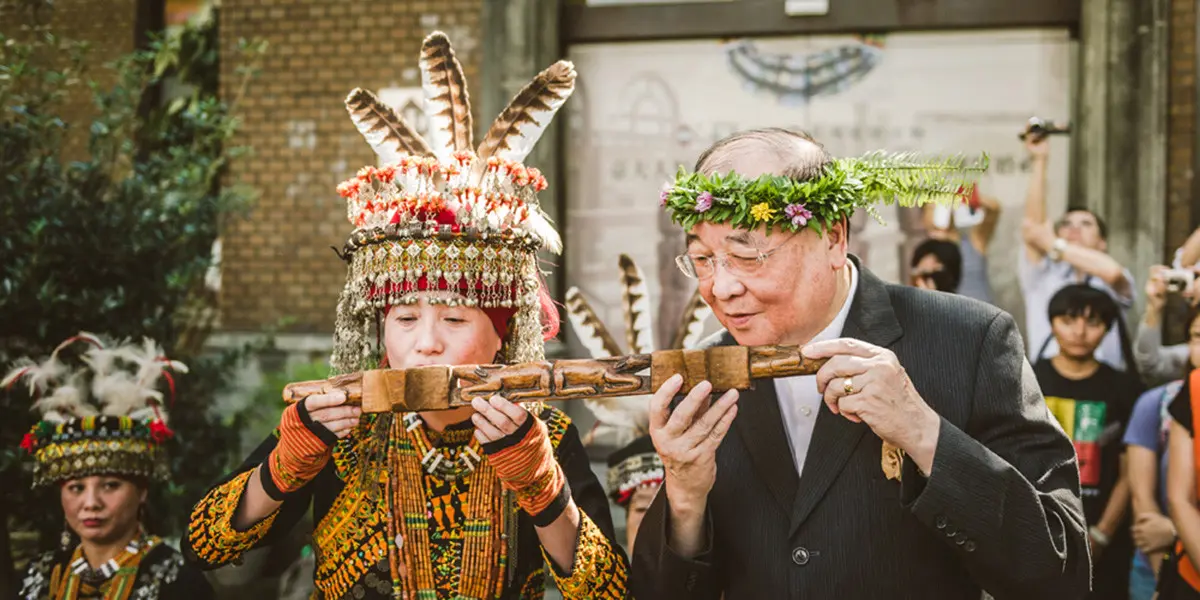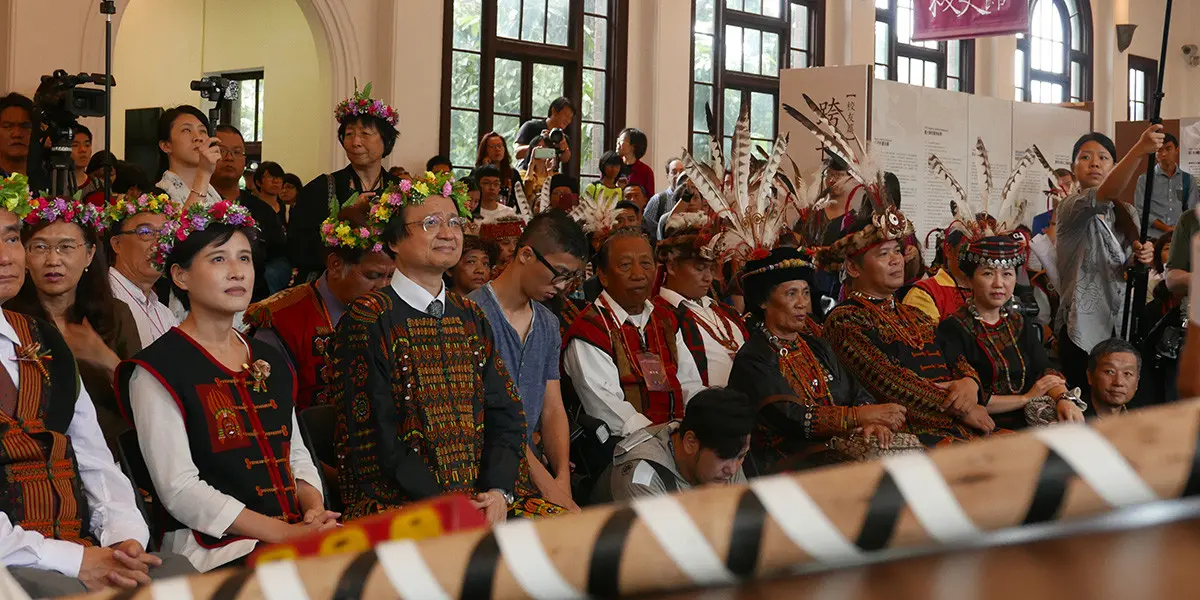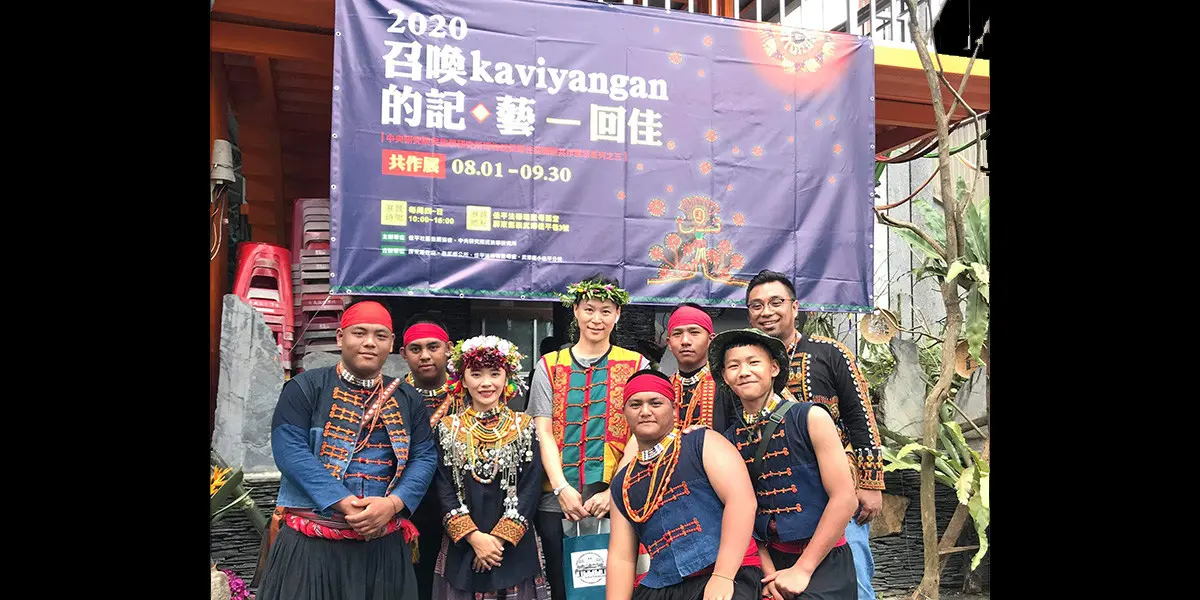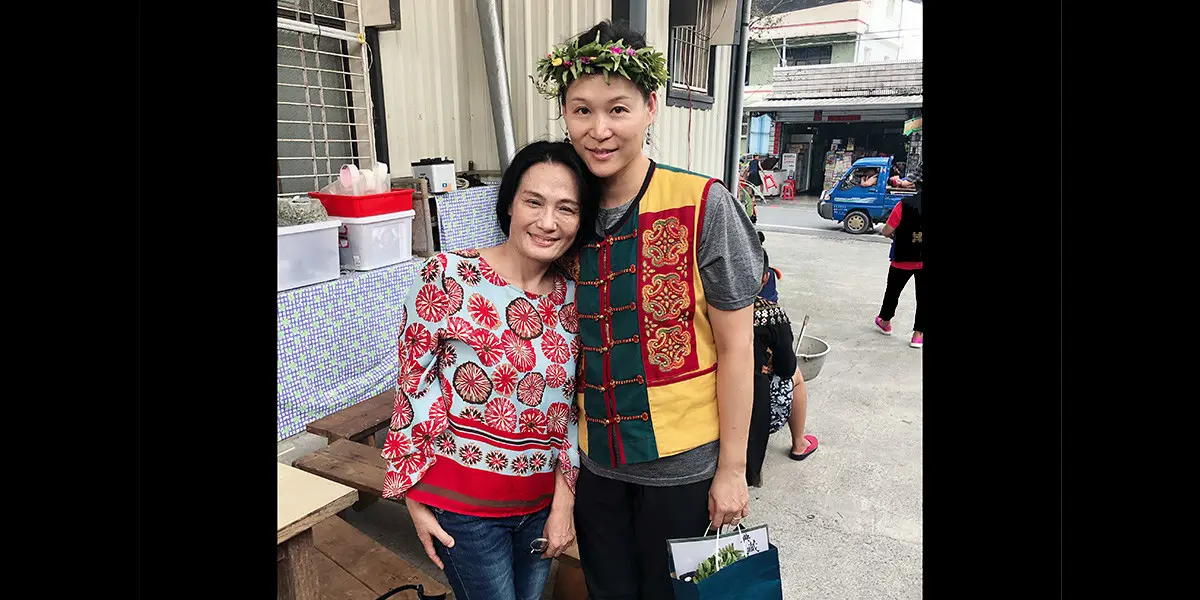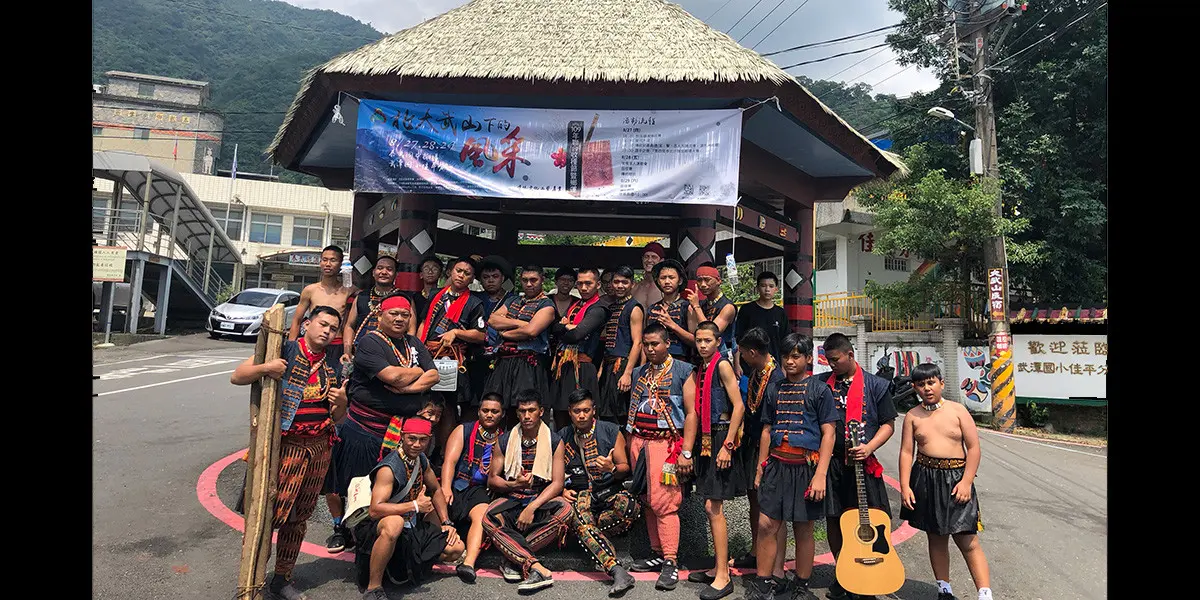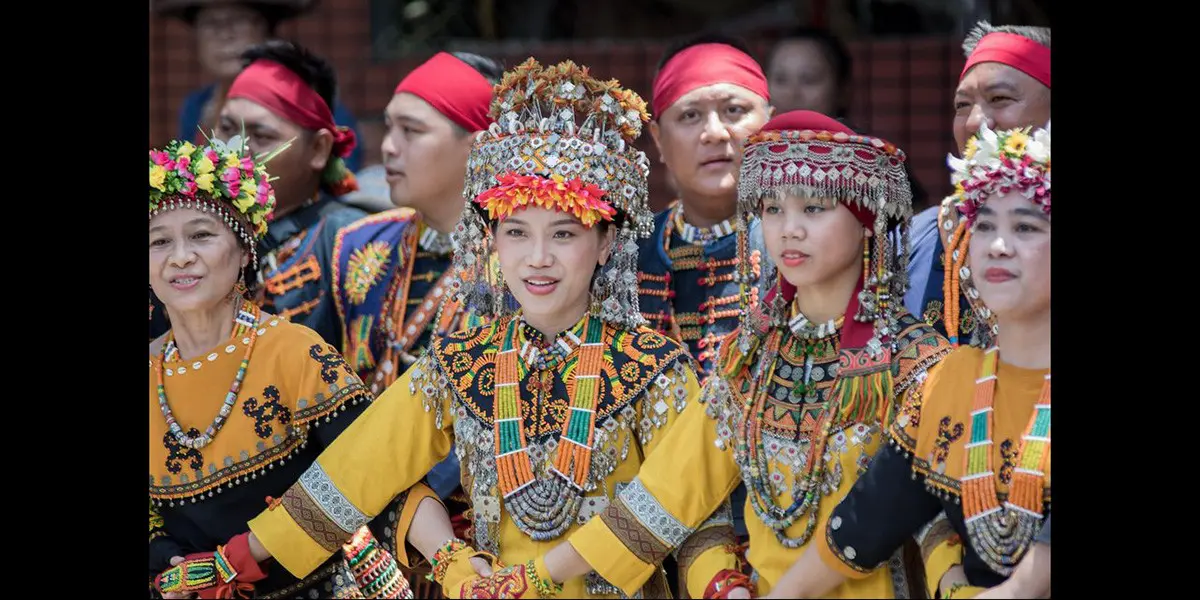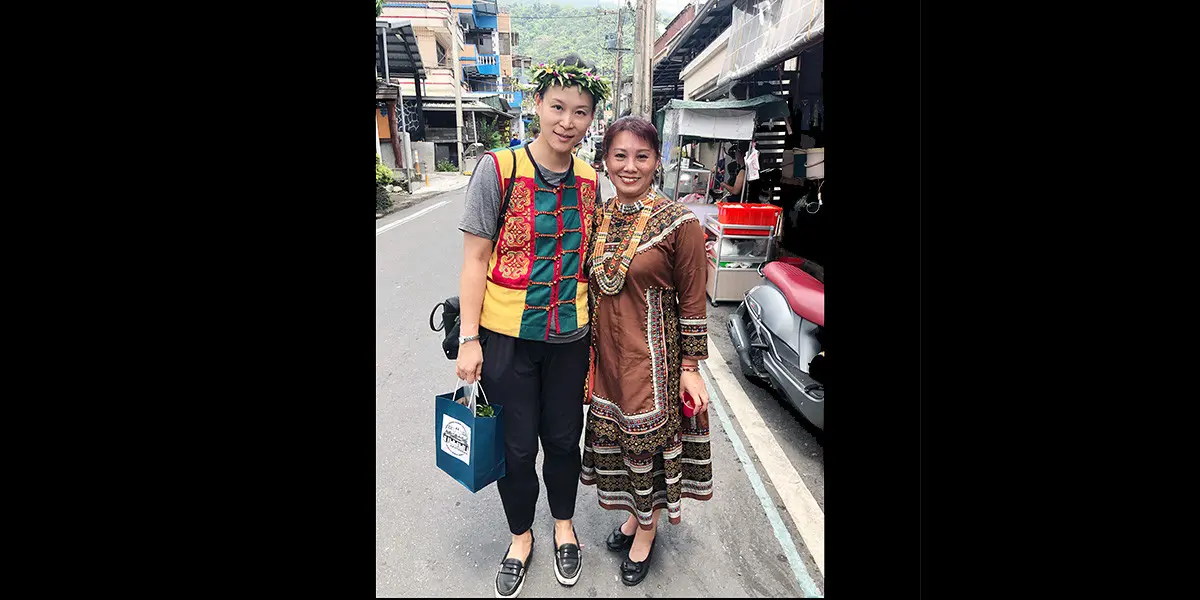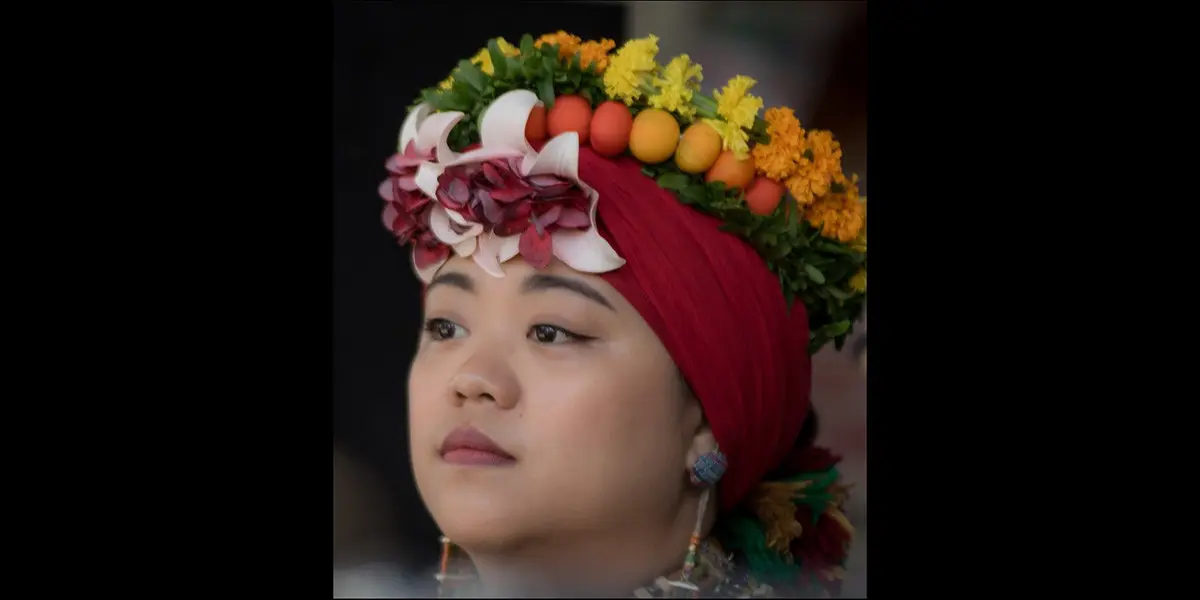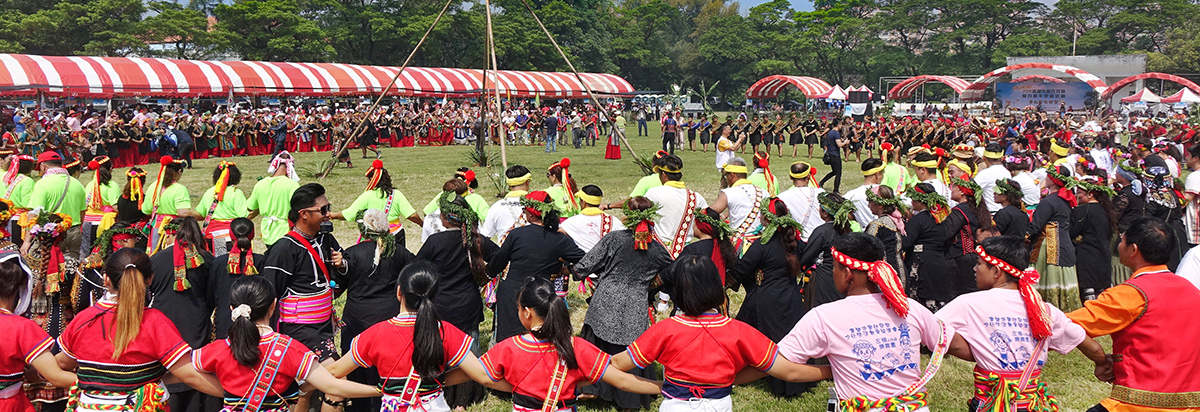
INDIGENOUS TAIWAN
Partnerships & Declarations
The ʻAha Moananuiākea Pacific Consortium has established two cultural partnerships in Taiwan that foster knowledge sharing and cultural exchange between Native Hawaiians, the indigenous inhabitants of Hawaiʻi for over a thousand years, and the indigenous tribes of Taiwan, who settled their island home some five to six thousand years ago. It is with honor that we join with the Kaviyangan Paiwan Tribe of Pingtung, and the National Taiwan University, Anthropology Department, to celebrate and promote our shared Austronesian heritage.
Indigenous people settled Taiwan thousands of years prior to the initial migration of Han people from China in the 17th century, the subsequent colonization by Chinese, Dutch and Japanese imperial regimes, and the post-WWII Kuomintang-led government of the Republic of China. Remarkably, China’s overwhelming cultural influence over Taiwan for the last 400 years may seem to eclipse the diverse, pluralistic, indigenous, Pacific Islander civilization that thrived over the previous 5,500 years.
The Austronesian language family, to which the Hawaiian language belongs, originated in Taiwan. The early speakers of this language group developed maritime sailing technology that enabled them to voyage throughout the Pacific and beyond. As groups traveled, traded and settled throughout Island Southeast Asia, across the Indian Ocean to Madagascar in the far west, southward into the Bismarck Archipelago, and eventually to parts of Micronesia as well as Western and Eastern Polynesia in the central and northern Pacific, they left genetic, cultural and linguistic imprints that form a six thousand year-old genealogical road map. As a result, we have a better understanding of the peopling of the vast Pacific, and the lineal attributes that connect Hawaiians back to their ancient Austronesian origins. In that light, the ʻAha Moananuiākea partnerships are particularly interested in exploring paleolinguistics and ancestral maritime technology, that is, language and voyaging.
Declarations
THE FOLLOWING ARE LINKS to two ʻAha Moananuiākea declarations with Indigenous Taiwan, hour-long Zoom recordings of virtual declaration signing ceremonies with timecode index, and a collage of virtual ceremony photos. These expressions reflect a shared dedication to promote ancestral knowledge and sciences, strengthen native identity and worldviews, and promote understanding and awareness of our rich Austronesian heritage.
Here is a brief message from the tribal leaders and elders with whom ʻAha Moananuiākea is partnering:
Djavadjavay!
大家好!
Greetings Everyone!
Pinaljavakan a itaiwan a sevuculj a skaviyangan a kacalisian.
我們是來自於台灣的排灣族,位於屏東縣的佳平部落。
We are the Paiwan Tribe of Kaviyangan, Pingtung, Taiwan.
Maljimalji,
非常感謝您,
Thank you very much
劉碧煌 Alingin Zingrur
劉秀珍 Maljevljev Zingrur
Declaration of Shared Pacific Heritage: Anthropology Department, National Taiwan University (NTU), June 9/10, 2020, Honolulu/Taipei
Chinese-Hawaiian-English
[Downloadable pdf]
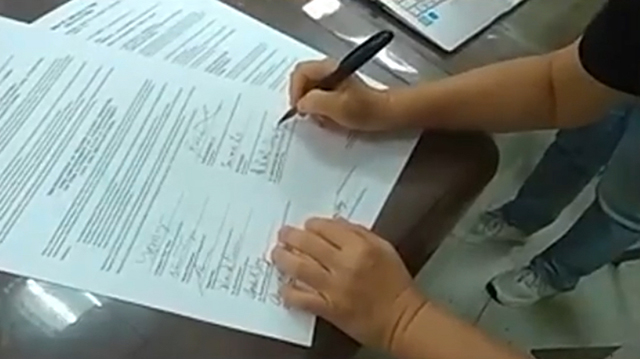
Zoom Video Recording:
Declaration Signing Ceremony – NTU Partnership
| NATIONAL TAIWAN UNIVERSITY TUESDAY, 6/09/20 HAWAIʻI – (WEDNESDAY, 6/10/20 TAIWAN) |
||
|---|---|---|
| 8:19 – 15:12 (7 min) | PPT presentation on background of Anthropology Dept. by Professor Kai-shi Lin, Chair. | |
| 15:30 – 18:22 (3 min) | UH President David Lassner’s greeting and opening remarks. | |
| 20:10 – 23: 55 (4 min) | Greetings by Prof. Yuan-chao Tung (main contact) and Prof. Su-mei Lo who specialize in Pacific research and Austronesian culture. |
|
| 29:15 – 34:36 (5 min) | ʻAha ʻAwa (opening of the kava bowl) & Hula Welina (dance of welcome) | |
| 36:55 – 38:54 (2 min) | Reading of Declaration in Chinese. | |
| 39:00 – 41:11 (2 min) | Reading of Declaration in English. | |
| 41:17 – 43:49 (2 min) | Reading of Declaration in Hawaiian. | |
| 43:50 – 45:35 (1.5 min) | Signing of the Declaration. | |
| 45:30 – 49:20 (4 min) | Drinking of ʻawa to ratify agreement. | |
| 53:35 – 55:33 (2 min) | Prof. Lin extends invitation to visit Taiwan and expresses goodwill to Consortium. | |
| 55:34 – 56:55 (1.5 min) | Words of acknowledgement and gratitude from KS CEO, Jack Wong. | |
| 57:15 – 59:40 (2.5 min) | Singing of Hawaiʻi Aloha and farewell. | |
Declaration of Shared Pacific Heritage: Kaviyangan Paiwan of Taiwan, June 10/11, 2020, Honolulu/Jiaping, Pingtung.
Chinese-Hawaiian-English
[Downloadable pdf]
Paiwan-Chinese-English Declaration Translation
[Downloadable pdf]
Audio Recording of Declaration in Paiwanese
[MP4 audio file link]
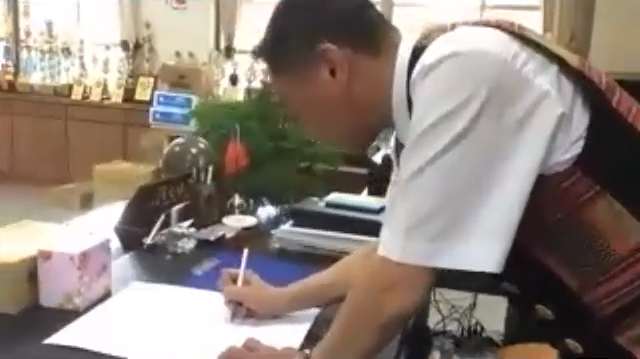
Zoom Video Recording:
Declaration Signing Ceremony – Kaviyangan Paiwan Partnership
| KAVIYANGAN PAIWAN TRIBE WEDNESDAY, 6/10/20 HAWAIʻI – (THURSDAY, 6/11/20 TAIWAN) |
||
|---|---|---|
| 0:01–8:22 (8.5 min) | Nainoa Thompson’s opening remarks | |
| 8:45–10:50 (1 min) | Brief remarks by Daniel Lin of Nia Tero | |
| 12:14–15:08 (3 min) | Greeting by Principal Cheng-hsien Pan; students of Wutang Elementary School | |
| 15:20–20:50 (5.5 min) | Greeting by the Princess, daughter of Chief Leader Alingin Zingrur, and tribal leaders; brief village tour outside the Zingrur home. |
|
| 27:13–33:05 (6 min) | ʻAha ʻAwa (opening of the kava bowl) & Hula Welina (dance of welcome) | |
| 35:30–37:15 (2 min) | Paiwan ceremonial leader commentary on Hawaiian dance and ceremony. | |
| 38:30–40:30 (2 min) | Nā Peʻa o Hōkūleʻa (dance about Hōkūleʻa voyaging canoe) | |
| 41:00–47:10 (6 min) | Paiwan noseflute (double pipe) used to call ancestors; traditional group song. | |
| 49:00–51:20 (3.5 min) | Reading of Declaration in Chinese (by the Princess) | |
| 51:25–53:55 (2.5 min) | Reading of Declaration in Hawaiian | |
| 53:55–54:56 (1 min) | Signing of the Declaration | |
| 54:56–58:10 (3.5 min) | Drinking of ʻawa and preparing the millet wine double cup to ratify declaration. | |
| 59:18–1:00:57 (1.5 min) | ʻAuʻa ʻIa (traditional dance of resolve) | |
| 1:03:11–1:03:44 (:30 sec) | Paiwan blessing and partaking of millet wine by Princess and husband. | |
| 1:04:35–1:12:10 (8.5 min) | Singing of Hawaiʻi Aloha, video of student dancers KS Hōʻike 2012, farewell. | |

